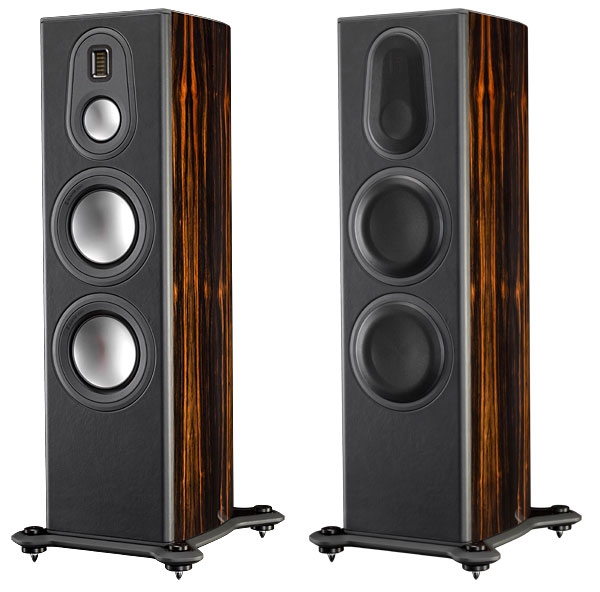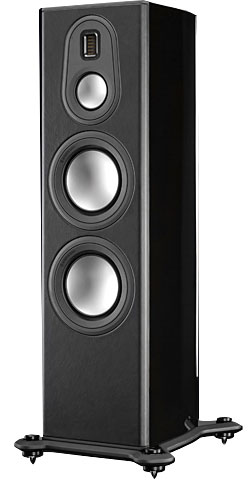| Columns Retired Columns & Blogs |
This is the size loudspeaker I'm currently shopping for my listening room. My current front runner is the Revel Performa3 F208. As soon as I find them I'll audition these Monitors but at three times the price are they that much better?

 At the top of the PL300 II's cabinet is what represents the greatest change: the tweeter. The Series I had a ribbon tweeter, whereas the Series II uses, for the first time in a Monitor Audio product, a version of the Heil Air Motion Transformer (AMT), a kind of folded ribbon used in various forms by a number of manufacturers. According to a
At the top of the PL300 II's cabinet is what represents the greatest change: the tweeter. The Series I had a ribbon tweeter, whereas the Series II uses, for the first time in a Monitor Audio product, a version of the Heil Air Motion Transformer (AMT), a kind of folded ribbon used in various forms by a number of manufacturers. According to a 





































